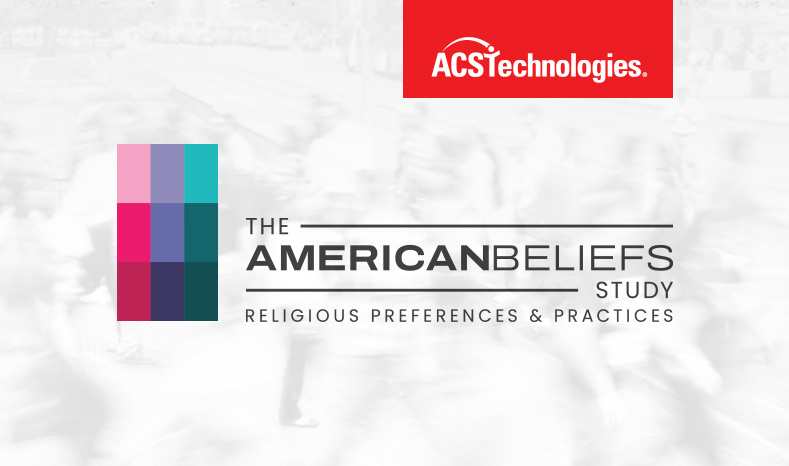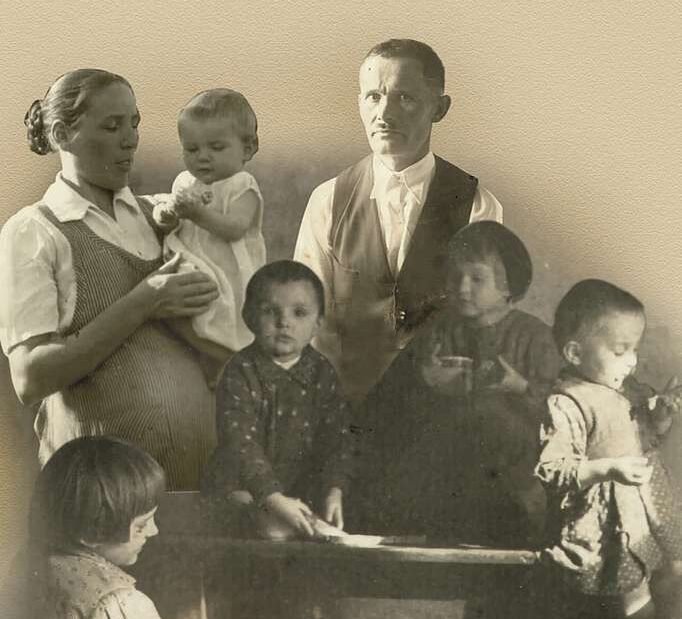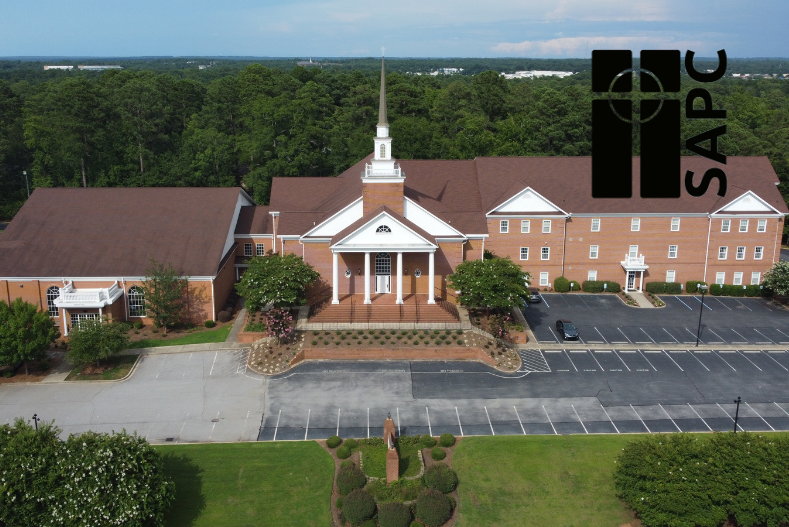Increasingly we live alone. For many reasons there is an increase in single-person households in the US, reaching 31% of households in 2021. This reality is important and challenging for our Catholic Church, where so much of our parish life revolves around families with children.
“He went down with them and came to Nazareth, and was obedient to them; and his mother kept all these things in her heart.” – Luke 2:51
The Holy Family and the importance of family are important and prominent in our Catholic teaching: “the family is the original cell of social life.” (CCC 2207). “Marriage and the family are the central social institutions that must be supported and strengthened, not undermined.” (USCCB). “As the family goes, so goes the nation and so goes the whole world in which we live.” (Pope John Paul II).
Families
Appropriately, our parishes have emphasized programs and events based on the model of the traditional family, reflected in “cry rooms”, children’s Mass, religious education and other aspects of interaction. It is so ingrained in our culture that we represent the membership at our parishes in numbers of “families” and we register “families,” rather than on participating individuals. We often equate singleness with a religious vocation.
Single Person Households
This has worked well for decades, and while it continues to be an important model for our Church, it no longer serves large numbers of our people. As the data indicate, there are a growing number of single person households and/or singles living with people not related to them. According to US Catholic, 46% of Catholic adults living in the United States are single.
Given that our parish model emphasizes the traditional family, is it a surprise that the majority of the single person households are not actively practicing their Faith? It is also likely that many of these households are the younger people we are seeking to attract and engage.
The Domestic Church
The Church does have a response for single persons, in the Catechism for example:
“We must also remember the great number of single persons who, because of the particular circumstances in which they have to live—often not of their choosing—are especially close to Jesus’ heart and therefore deserve the special affection and active solicitude of the Church, especially of pastors. Many remain without a human family often due to conditions of poverty. Some live their situation in the spirit of the Beatitudes, serving God and neighbor in exemplary fashion. The doors of homes, the “domestic churches,” and of the great family which is the Church must be open to all of them. “No one is without a family in this world: the Church is a home and family for everyone, especially those who ‘labor and are heavy laden.”
This passage also suggests that our traditional families are also the Church, and might find ways to include single people into their circle. What does this mean for our parishes? The first big step is to prioritize awareness of single people and single-person households already in the parish.
Ideas for parishes
Know your parishioners.
What percentage of your active parishioners are living in single-person households? How engaged are these people in your parish? Are you overlooking them when you are seeking leaders for parish ministries?
Understand your community
What about your surrounding area? Are you aware of the people in your community and if they are living alone? Do you have gatherings or events that welcome them to your parish?
Foster a family of families
Emphasize the need to welcome singles. Change your language for how you track participation, and even whether or not “registering” is the most important indicator of an active member. Change your forms for how people sign up for events so singles are comfortable. And foster a culture where people reach out to each other to create their own families. This can be further emphasized by chartering groups of singles with common interests.
The model of the Holy Family and our teachings about family as a central social institution are as important now as ever. Yet we have a growing number of people who are not living as part of a family. The Church is the answer, but it’s up to our parishes and us each to make the personal invitation.
- The activity level of Americans in local religious communities and how it has changed over the past decade.
- The most pressing concerns Americans face today, concerns that will impact how you reach out to your community.
- Good news and bad news about the theological beliefs of Americans and how they view places of worship in their community.
Terry Poplava is a multi-disciplined executive with extensive sales, product marketing, strategy and leadership experience in supporting faith organizations. Terry’s professional experience includes organizational leadership, corporate development and growth, consulting with and training church leaders, and leading strategic and priority planning for churches and dioceses. He currently serves on the advisory board for the National Shrine of Our Lady of La Leche in St. Augustine FL, as cantor at St. Andrew parish in Myrtle Beach, SC. and recently as Chairman of the Finance Council at St. Mary the Virgin Mother parish in Hartsville, SC.





